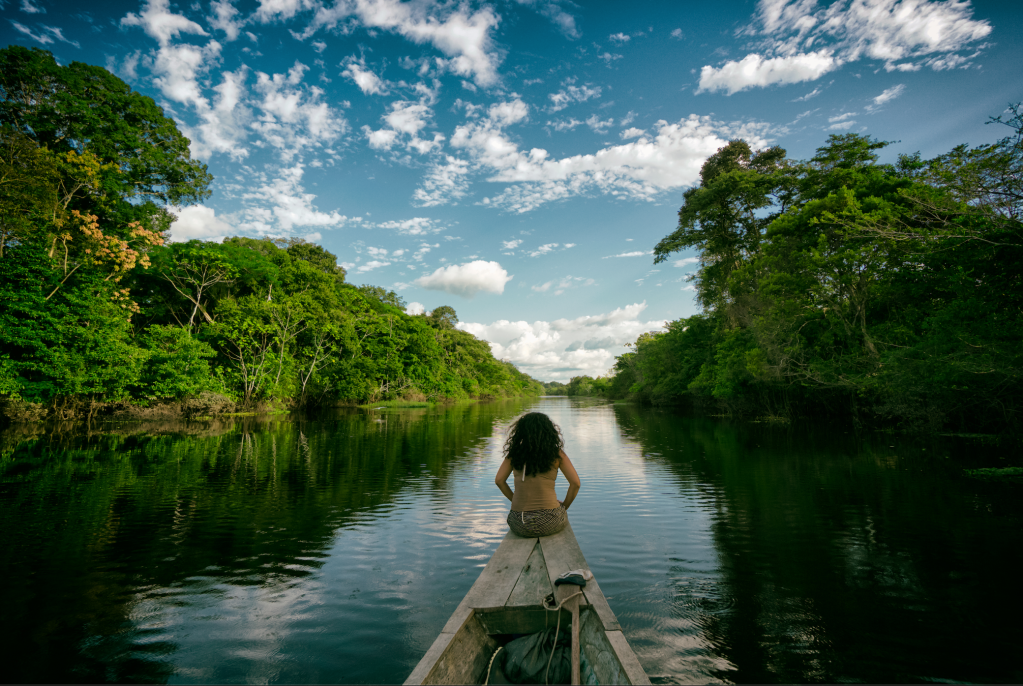In a move to better support the more than 3,000 Indigenous communities in Canada, Google has announced the addition of data reflecting band and reserve territory into the Google Maps and Google Earth software platforms.
GIF: Google Canada
Videos by VICE
The news comes on National Aboriginal Day, which recognizes and celebrates the culture of Indigenous peoples. (As of next year, it will be renamed National Indigenous Peoples Day.) About 1.4 million people in Canada self-identify as Inuit, Métis, or First Nations. With the change, Indigenous people who search for their homes and territories will be able to see borders and overlays of the large parts of the country which are Indigenously administered.
There are a bunch of compelling reasons why these places should be represented in the cold, hard data of maps.
“Colonial understandings of land quite often come down to relationships to maps,” said David Gaertner, who teaches topics like Indigenous new media at the University of British Columbia, and was not affiliated with Google’s project. These changes come during Canada 150, a controversial celebration of the country’s 150th anniversary, one that many Indigenous peoples have been resisting as marking 150 years of colonialism.
Indigenous Lands in Google Maps: Canada
“In the wake of Canada 150, the nationalism is just rampant,” said Gaertner. “I think it has a way of getting in the way of these conversations. We’ve seen some pretty tough stuff come up recently around the cultural appropriation debates. And I think, in a lot of ways, a lot of settler Canadians have proven themselves not to be ready for these conversations.”
Read More: This Augmented Reality App Tells Indigenous Stories in Canadian Cities
According to a Google blog authored by Tara Rush, Kanien’kehá:ka from Akwesasne, the update came after seven years of collaboration with Indigenous communities in Canada. Google partnered with The Firelight Group‘s Steve DeRoy, a cartographer and part of Ebb and Flow First Nation in Manitoba.
“It’s important to me because there are so many Indigenous groups across the country and to not see them as an important fabric of a base map, just to not be recognized, it’s insulting,” he told the CBC.
In Google’s blog, DeRoy explained that Indigenous peoples felt underrepresented in their mapping software after participating in Indigenous Mapping Workshops.
There are certain cartographic elements still missing. A future update with details like the unceded Algonquin lands in Ontario (on which Ottawa, the nation’s capital, sits) could be an important way to acknowledge the historical nature of Canada’s geographic relationship with Indigenous peoples.
There are other Indigenous-led efforts to preserve and share history through cartography. For example, Adrian Duke has created an augmented reality app which uses location data to tell the histories and stories of Indigenous peoples in Canada.
Get six of our favorite Motherboard stories every day by signing up for our newsletter.




